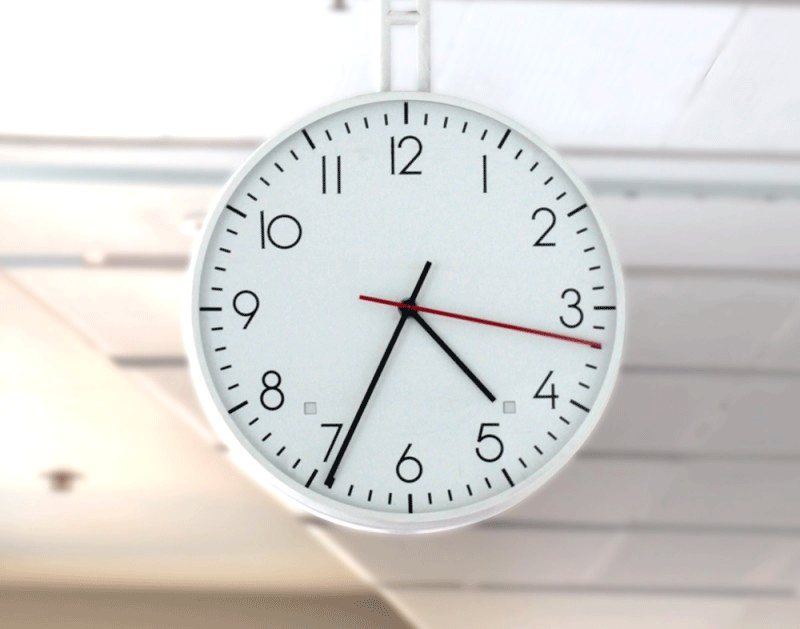How long was the longest sitting, how short was the shortest?
Thanks for your question! Each sitting day, senators and members of House of Representatives meet to conduct the business of Parliament. The meetings – also called sittings – usually run continuously for 7 to 11 hours. If a sitting runs for much longer, they are usually broken by suspensions – breaks – to allow the members of parliament to rest, have a meal or sleep.
From 17 to 18 March 2016 the Senate sat without a break for 28 hours 56 minutes to debate the Commonwealth Electoral Amendment Bill 2016. This is thought to be the longest continuous sitting of the Senate.
The longest continuous sitting of the House of Representatives is 57 hours and 30 minutes. This meeting took place from 16 to 18 November 1905. The members then took a break at midnight on 18 November, then returned on 20 November 1905 to continue their debate!
Another long sitting of the House was from 18 to 25 January 1918, a period of 175 hours and 22 minutes. A suspension of the sitting from 3:09 am on 19 January until 3:00 pm on 25 January meant the members were not in the House for the whole 175 hours!
Sometimes sittings are much shorter. There are lots of reasons this may be the case. For example, on 24 October 2002 the Senate sat for 2 minutes. The reason this sitting was suspended was so senators could attend a memorial service for the victims of the terrorist attacks in Bali.
Lights flashing on a clock at Parliament House

Parliamentary Education Office (peo.gov.au)
Description
In Australian Parliament House, the clocks show when a division – a formal vote – is about to happen. A red light between the 7 and 8 on the clock face flashes when a vote is to occur in the Senate. A green light between the 4 and 5 flashes to indicate a vote in the House of Representatives.
This work is licensed under a Creative Commons Attribution-NonCommercial-NoDerivs 3.0 Unported License.
You are free to share – to copy, distribute and transmit the work.
Attribution – you must attribute the work in the manner specified by the author or licensor (but not in any way that suggests that they endorse you or your use of the work).
Non-commercial – you may not use this work for commercial purposes.
No derivative works – you may not alter, transform, or build upon this work.
Waiver – any of the above conditions can be waived if you get permission from the copyright holder.
